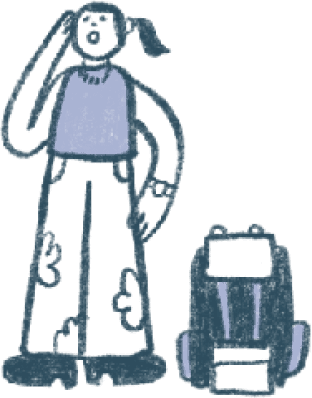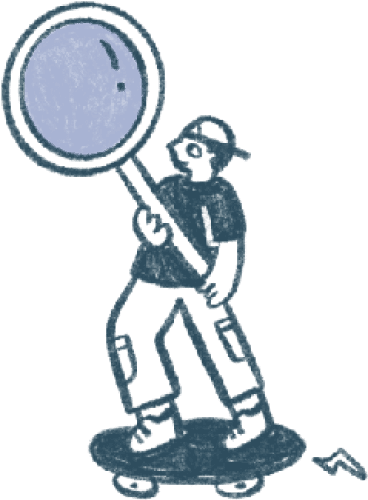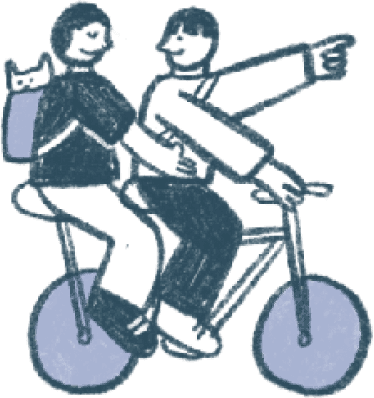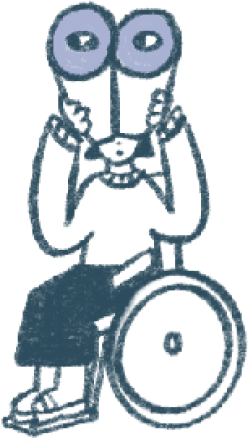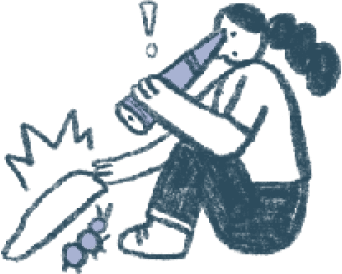Your Cheat Sheet to Planning a Mount Kinabalu Climb [2025]
Tips on which Mt Kinabalu route to choose, how to get a permit, and how to prepare for your Mt Kinabalu hike
![Your Cheat Sheet to Planning a Mount Kinabalu Climb [2025]](https://d18sx48tl6nre5.cloudfront.net/webp_xl_eeadc2501febddec4e185124939fc7b2.webp)
Mount Kinabalu is one of the most beautiful climbs we've been on in Asia, and perfect for beginners.
When we were planning our climb, we found the information out there frustratingly opaque. Information was outdated and the prices of climb packages varied so much that it was unclear what we were getting for our money. We've put together this Insider's Guide to demystify the Mt Kinabalu planning and booking process.
Ready to book? Check out our favourite Mt Kinabalu climbs here!
Mount Kinabalu Basics
Is it difficult to climb Mount Kinabalu?
Mount Kinabalu is basically just a lot of steps (600 flights of steps in total!). To summit, you only need to be healthy and reasonably fit enough for a sustained uphill walk. You do not need to have rock climbing skills.
If you choose to do the via ferrata routes (see below for more route info), you'll need to be a little fitter. The absolute distances for the via ferrata activities aren’t long, but doing the activities does take some time, which means that you may be more tired on the way down.
In terms of difficulty, Regular Descent is the easiest, Walk the Torq via ferrata is slightly harder (add 1 hour to the Regular Descent), and Low's Peak via ferrata is the hardest (add 3-4 hours to the Regular Descent).
How long does it take to climb Mount Kinabalu?
All the climb packages are 2 day 1 night packages, so you'll need to budget for at least that amount of time. Sabah Parks (the local authority) used to allow 1 day climbs, but not anymore.
In terms of actual climbing time, you'll be climbing approximately 6 hours on the first day and 10-12 hours on the second day to get to the summit and then back down. If you're doing the Via Ferrata activity, you'll need to add an additional 1 hour for the Walk the Torq via ferrata activity, and 4 hours for the Low's Peak via ferrata activity (see route info below).
What's the best time to go?
Weather these days is crazy unpredictable, so it's hard to say when you can really avoid the monsoon season. In general, the best time to go is typically during the dry season from March to August. You may want to avoid December to January which is typically monsoon season.
Ultimately it's really hard to plan around the weather these days, so just come prepared rain or shine! Good news is you can still summit so long as it doesn't rain in the early morning when it's time to summit, and only very rarely have climbs been cancelled due to the rain.
Is there a risk I don't reach the summit?
This isn't a question that people ask, but we thought it was important to know about.
On the morning of the summit, you'll need to get to the summit checkpoint by 5pm in order to be cleared by the local rangers for summit. If you do not arrive in time (for e.g. if you don't hike quickly enough), you will not be allowed to proceed to summit.
In addition, there are a handful of days each year where the summit climb is cancelled by Sabah Parks due to dangerous weather conditions. Cancellations are rare, and no refund will be issued by Sabah Parks for any cancellations.
Choosing a Route
What are the different routes?
There are three routes for summiting Mt Kinabalu: Regular Descent, Via Ferrata (Walk the Torq), and Via Ferrata (Low's Peak). All three of them take the exact same route to the summit (which is also confusingly called Low's Peak) & back down, and all take 2 days 1 night.
The only difference between the Regular Descent & the Via Ferrata routes is that instead of going straight back down the mountain after you do the sunrise summit, the Via Ferrata routes include an additional activity off the side of the mountain (pictured). If you just care about summitting, go for the Regular Descent.
Can I change my route during the climb?
If you've booked a Via Ferrata route, but you're tired and don't feel like doing the Via Ferrata activity during your climb, you can change your mind.
If the rest of your group is still doing the Via Ferrata route, you'll just need to wait for them at the hostel until they're done and you can continue the descent down the mountain with them.
You won't be able to change from a Regular Descent to a Via Ferrata route.
Is there a 1 Day Hike?
No there is no day hike. In the past, climbers were allowed to complete the climb in a day if they were fit enough. But the park authorities have changed their rules and now only a 2 day 1 night climb is permitted.
If you only have a day and would still like to see Kinabalu National Park (UNESCO world heritage site), you can do a day trip to Kinabalu National Park but this doesn't include a climb.
Planning a Trip
What are the logistics to plan for a climb?
You'll need a permit to climb Mt Kinabalu, which you can obtain through a local travel operator. Around 160 permits are issued every day.
The number of permits is directly linked to the number of hostel beds available at the park - as all climbers are required to stay at park hostels. So unlike other mountains like Rinjani where the capacity isn't so strictly limited, you really need to book Mt Kinabalu in advance to secure a spot.
How do I get a permit to climb Mount Kinabalu?
You'll need to get a permit through a local travel operator, which then obtains the permit via Mount Kinabalu park.
This is why when you make a request to book a Mount Kinabalu trip, the date is not usually guaranteed instantly as the local operator will need to call and check availability with Mount Kinabalu park.
How far in advance do I need to book?
In peak season (May-Aug), book 4-6 months in advance for Regular Descent, and 2-3 months in advance for Via Ferrata. In non-peak season, 1-2 months notice may be sufficient.
If you have a small group of 1-2 persons, you will find it easier to get a last minute permit compared to a larger group.
Any hacks to get a last minute booking?
Yes! If Regular Descent is booked out on your date, you may still be able to get a permit if you book a Via Ferrata climb. The chances of getting a permit for the Via Ferrata route is higher.
The reason for this is because the hostel you stay at will depend on the route you book. Regular Descent climbers stay at Laban Rata Resthouse & Via Ferrata climbers stay at Pendant Hut. As a Via Ferrata climb is more expensive, fewer people do it. This means there is more availability in the Via Ferrata hostel, and more permits available.
Can I Change or Cancel after Booking?
Kinabalu Park is incredibly strict on cancellations so once you book your permit, there is no rescheduling or free cancellation allowed. Even during Covid-19 when all of Malaysia was under lockdown, Kinabalu Park only allowed rescheduling until year end 2020. No credits, no refunds. So unless you're super sure about your dates, do not book a climb!
How to Choose a Mount Kinabalu Package?
When you start researching climb packages, you might notice that prices vary hugely and wonder if there's a reason for the difference. The short answer is: not as much as you'd think.
Mt Kinabalu is so tightly controlled that everything from the accommodation, food to the state-appointed mountain guide is the same for all climbers. A better tour operator will be more responsive and more professional in organising the logistics of your climb. But paying more does not get you a better mountain guide, or accommodation, or food.
Preparing for the Climb
How to Train
It isn't a super difficult climb (just lots of steps!), so you can start training a month or so before your start date. For the first two weeks, do strength training twice a week (jump squats, step up & heel down), and 30-60 mins runs three times a week. For the next two weeks, do 60 minute hikes with an 8kg backpack twice a week. Ideally these hikes should be at Bukit Timah Hill (the back part where there are large steps), or somewhere hilly.
We've put together a training video for you here, so you can see how to train for the various part of the terrain!
What to Pack
Your backpack should be light and no more than 8kg, ideally 30L in size. Bring at least 2L of water, as the first refill station is at 6km. Pack snacks like energy bars, as meals are basic. A poncho or waterproof jacket is essential due to frequent rain. For the cold summit temperatures (below 10°C), wear warm layers, including a fleece, thermal top, and windproof jacket. A headtorch is required for the 2 AM summit climb, and gloves help with grip and warmth.
For dorm stays, bring an eye mask and earplugs for better sleep. Power banks are useful as charging outlets are limited. If staying at Pendant Hut, bring a quick-dry towel or rent one. At Laban Rata, towels are provided. Keep your bag under 8kg—if too heavy, consider hiring a porter to carry your gear.
If you forget anything, there are a couple of great mountain gear shops in Kota Kinabalu town that will sell everything you need. You can also get water bottles, ponchos, headtorch, and hire a porter at Mt Kinabalu Park HQ.
During the Climb
Can I leave any luggage at the park during the climb?
Yes you can. There's a luggage storage room at Kinabalu Park. They charge per piece of luggage (RM 12 at the time of writing). Just let your mountain guide know you'd like to leave your luggage at the park and they can help you do so.
Can I hire a porter for the climb?
Yes you can. You don't need to book a porter at the time of the climb - you can hire one at the Park HQ when you arrive at Mount Kinabalu. You can let your tour operator know that you'd like to hire a porter and they can help make the arrangements. Porters will carry up to 10kg of weight.
Are there toilets on the mountain?
There are water stops & WCs (fairly clean!) on the mountain, so don't worry about that.
The rest stops and WCs are every 1km (or less) on the summit trail up to the overnight rest stop. The first water stop is at the 6km mark, which is why we recommend bringing enough water to get you to 6km (about 1.5l to 2l for us).
What is the food like?
Regardless of which tour package or tour operator you choose, your food will be provided by Mount Kinabalu Park HQ. You'll get a packed lunch on the way up, a buffet dinner and a light breakfast before (and after!) your summit the next morning.
The packed lunch is very basic (usually a drink, a sandwich and a fruit), so if you need more energy, you should bring some snacks. Dinner at the top is pretty tasty and is an extensive buffet with Western and Asian choices, so you will definitely not go hungry.
If you have any dietary requirements, please do let your tour operator know in advance.
What is the accommodation like?
Regular Descent climbers stay at Laban Rata Resthouse & Via Ferrata climbers stay at Pendant Hut. Other than two private rooms, all accommodation on the mountain are dorms. The dorms in both mountain huts are similar in quality, size and amenities.
The dorms have bunk beds, mattresses and sleeping bags. They can get noisy so if you are sensitive to sound, bring earplugs for a better night's rest. The dorms are solar-powered - which means hot showers on a sunny day and cold showers on a rainy day. There are plugs in the dorms so there's no need to bring a battery pack.
Things to note about the summit climb
You'll start your summit climb at 2am after a quick breakfast. 3 key things to note about the summit climb: a headtorch is mandatory, you're required to make it to the summit checkpoint by 5am (otherwise you won't be allowed to summit) and there is a small chance the summit climb could be cancelled if there is torrential rain that morning.
Mount Kinabalu Experiences FAQs
Hi! I saw your ‘5 Days Around Kinabalu’ reel on instagram and was wondering if you have any tips on how to get to and around Kundasang from Kota Kinabalu? Do you have any tips on travelling Kundasang? Thank you!
Hi there, I’m trying to book the 2d1night climb for 3 people, what’s the best route? I al confused! Thanks
Hello, i consider myself an experienced hiker. Which route would you recommend best? Idealy the most scenic and with good challenge. Thank you
How difficult is it to climb Mount Kinabalu?
Mount Kinabalu is a long, steep hike, but it doesn’t require technical climbing skills. The trail consists mainly of 600 flights of steps (in total), so you need reasonable fitness and endurance. If you’re doing the regular climb, it’s physically demanding but manageable.
However, if you choose the Via Ferrata routes, you’ll need better stamina, as these add extra climbing time (1-4 hours to the climbing time).
What is the best time of year to climb Mount Kinabalu?
The dry season (March–August) is the best time, though weather is unpredictable year-round. The rainy season (December–January) increases the chances of wet trails and poor visibility.















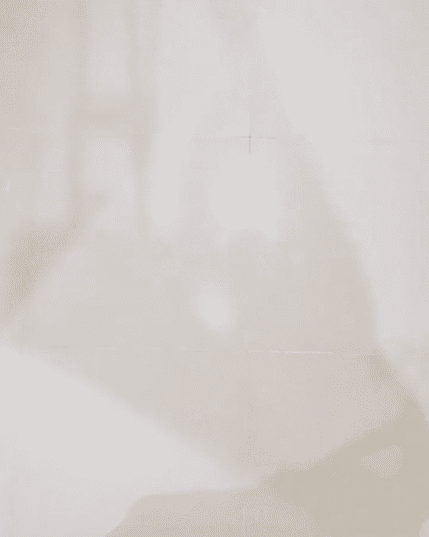






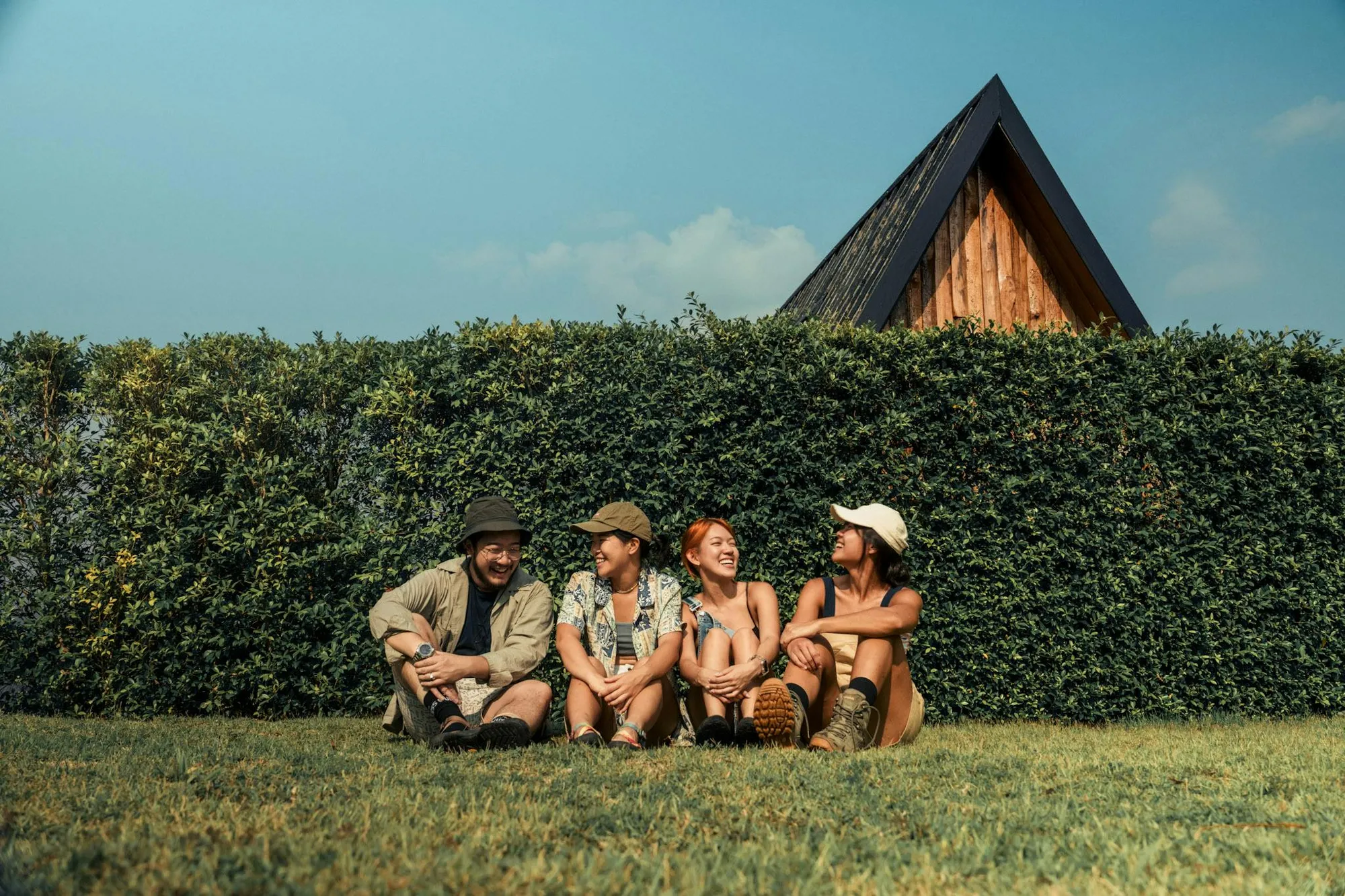
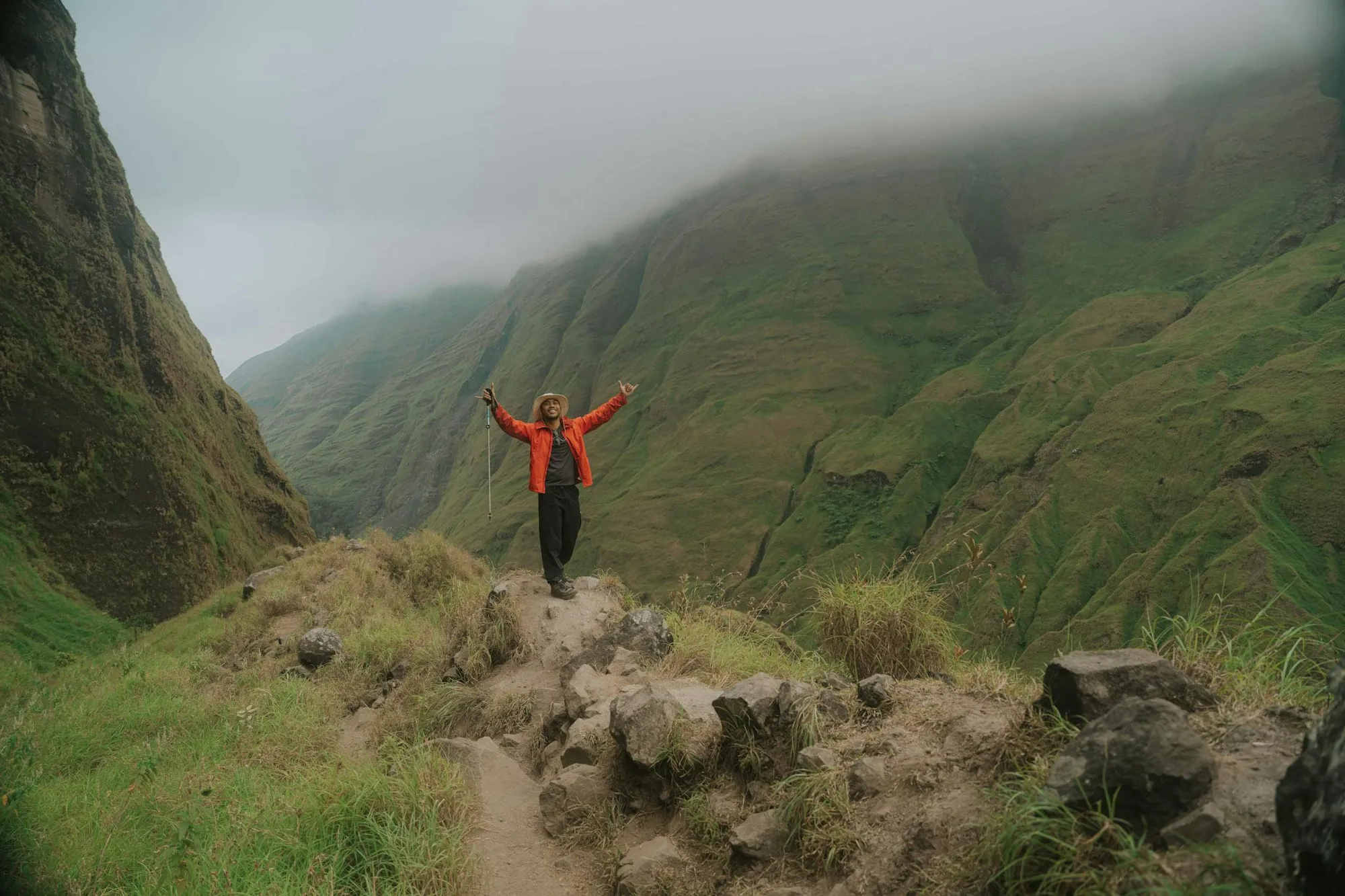
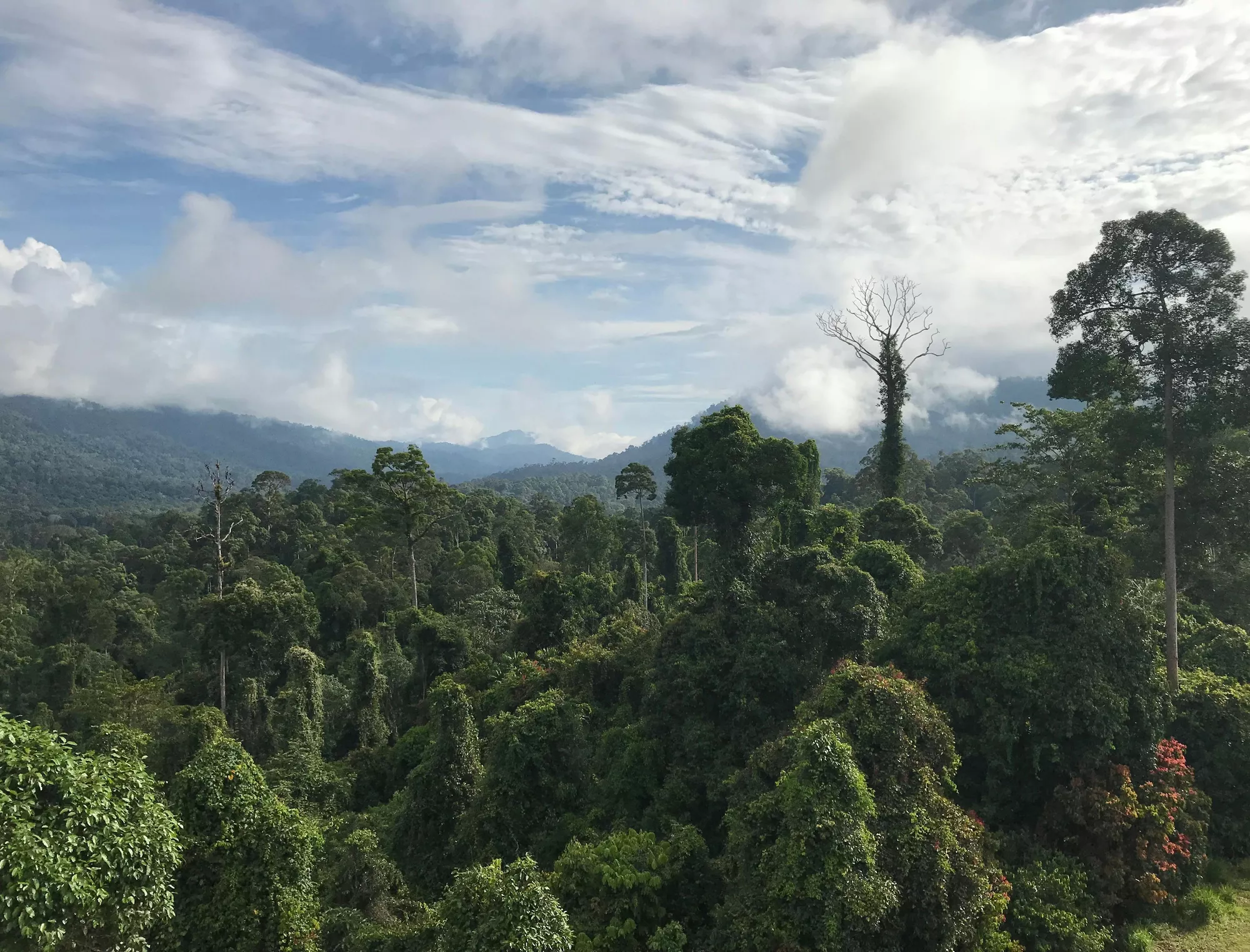





![Best Places to Spot Orangutans in the Wild [2025]](https://d18sx48tl6nre5.cloudfront.net/webp_md_26a1e349373ffec8569b965090d516ed.webp)
![Best Places to Spot Orangutans in the Wild [2025]](https://d18sx48tl6nre5.cloudfront.net/webp_xl_c672dd74144da152164fa955c08eb6e9.webp)
